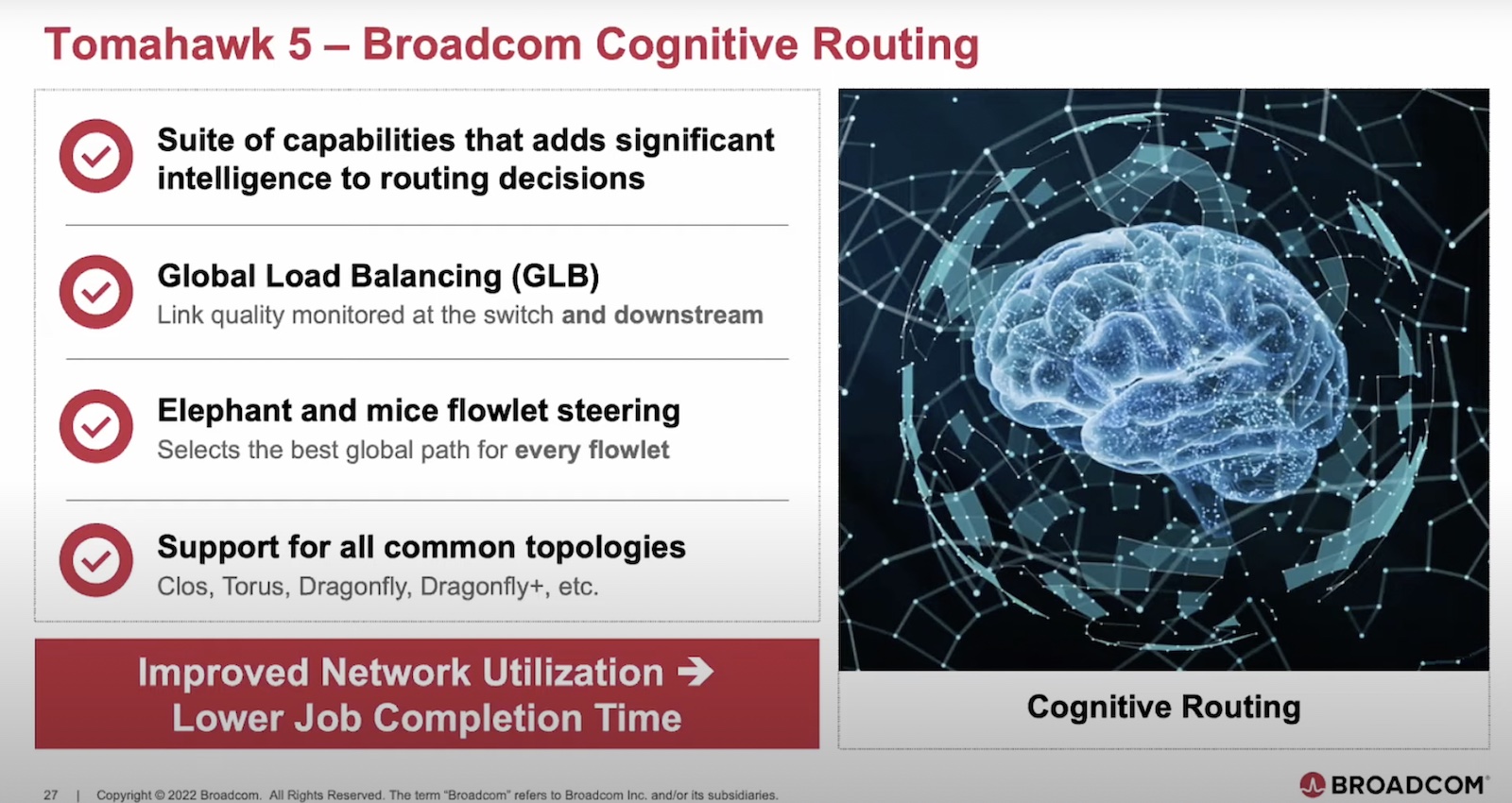The Raspberry Pi Foundation unveiled its latest diminutive SoC, the Raspberry Pi 4. The last few releases from the Foundation have been a little lackluster to be honest. Not bad in any way, but purely iterative steps to fill out their lineup of various form factors and prices.

Source: Raspberry Pi Foundation
The Raspberry Pi 4 (RP4) is different. The additions to this board from the RP3 are significant and could change how the computer is used. The biggest is improved IO. Ever since the first Raspberry Pi was released, all IO was handled over a shared glacial USB 2 interface. This meant storage, Ethernet, and Wi-Fi were the bottlenecks for any projects, kind of a big deal.
I’m not sure if the RP4 is using PCIe lanes for IO now (it’s still using the same basic chipset), but it’s at least faster. The board now supports USB 3 (yes this is news in 2019), and true Gigabit Ethernet. Even the microSD card slot has double the bandwidth, so boot times should be improved too. This makes it lot more viable for general computing.
On top of this, the board now has 2 HDMI ports, capable of supporting dual 4K displays, admittedly at only 30fps each. Again, if you have two 4K monitors, I’d question if a $35 SoC is the best machine for you. But nice to have the option in a pinch.
The other big addition is support for up to 4GB of LPDDR4 memory onboard, a significant jump from Raspberry Pi’s that capped out at 1GB.
Nice to see the Raspberry Pi Foundation is finally adding real IO at their usual crazy low price point. This makes the RP4 a lot more interesting as a little server or PC.




